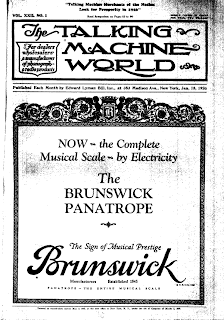Robinson then instructed Harry Ackerman, who had originally come up with the Philip Marlowe series, and was also CBS vice president of the West Coast, to work on this show. An audition script was written by Ackerman and two of his script writers, David Friedkin and Mort Fine, called,"Mark Dillon Goes to Gouge Eye." Two auditions were tested, with the first one being more like a hard-core detective series and Marshall Dillon was played by Michael Rye. The second audition was more of a Western with the script lightened up a bit and Marshall Dillon was played by Howard Culver. The latter was preferred by CBS and Ackerman continued working on the show.
There were many people who auditioned for the role of Marshall Dillon and William Conrad was one of the last people to audition. Because of William Conrad's powerful voice, he was very busy in the medium of radio. MacDonnell was not quite sure whether Conrad was the right fit for the character, however, he quickly changed his mind after hearing Conrad read a couple lines. His portrayal of Dylan as a lonely man, who became tough because of his hard life, was perfect for the kind of adult series this was going to be.
 |
| Dodge City, Kansas The Town Gunsmoke was Based On |
The show actually evolved as the actors who portrayed the characters settled into their roles. Each actor in the radio series brought a bit of themselves into the character, allowing the writers to expand upon each character and draw the listener into the story even more. Meston hated how many Western fiction writers trivialized the brutality of the true Old West. He wanted to create a show that exposed the brutality and the violence of the old West.
 |
| Sound engineers Ray Kemper, and Tom Hanley, along with producer/director Norman Macdonnell. |
The radio version ran until 1961. The TV series started in 1955 and ran all the way until March of 1975. William Conrad was not even considered for the TV series because of his weight. Meston continued to write the television scripts and many of the TV episodes use the exact scenes and dialogues from the radio shows. In the television series of Gunsmoke, some of the character's personalities had to be lightened up a bit. By the end of the television series and, Miss Kitty was no longer seen as a prostitute, but instead, just a kind and bighearted businesswoman







